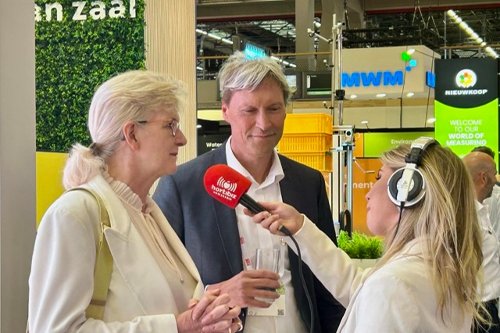Why depend on photosynthesis for everything we eat?
Added on 09 November 2023

Earlier this year, UN Secretary-General António Guterres expressed that the climate crisis was ‘out of control.’ Cautioning the world leaders, he stated: “If we persist in delaying key measures that are needed, I think we are moving into a catastrophic situation, as the last two records in temperature demonstrate.”
Recently, researchers at the University of California in Irvine have been addressing the climate crisis by focusing their study on curbing agricultural emissions. They explored solutions involving large-scale synthetic production of dietary fats using chemical and biological methods.
Utilizing natural elements without conventional agricultural methods
This production process relies on foundational blocks similar to those used by plants, mainly hydrogen in water and carbon dioxide in the air, according to a statement by the university.
Deploying these natural elements helped researchers devise synthetic fats without the requirement of traditional agricultural resources.
The United States Environmental Protection Agency (EPA) reported that agricultural emissions usually result from fertilizer use, livestock digestion, and manure management.
The agency clarified that nitrous oxide (N2O) emissions are emitted from soil management (over half), methane (CH4) from livestock digestion (over a quarter), and manure management (about 11 percent).
Photo by Iñigo De la Maza on Unsplash
More news















